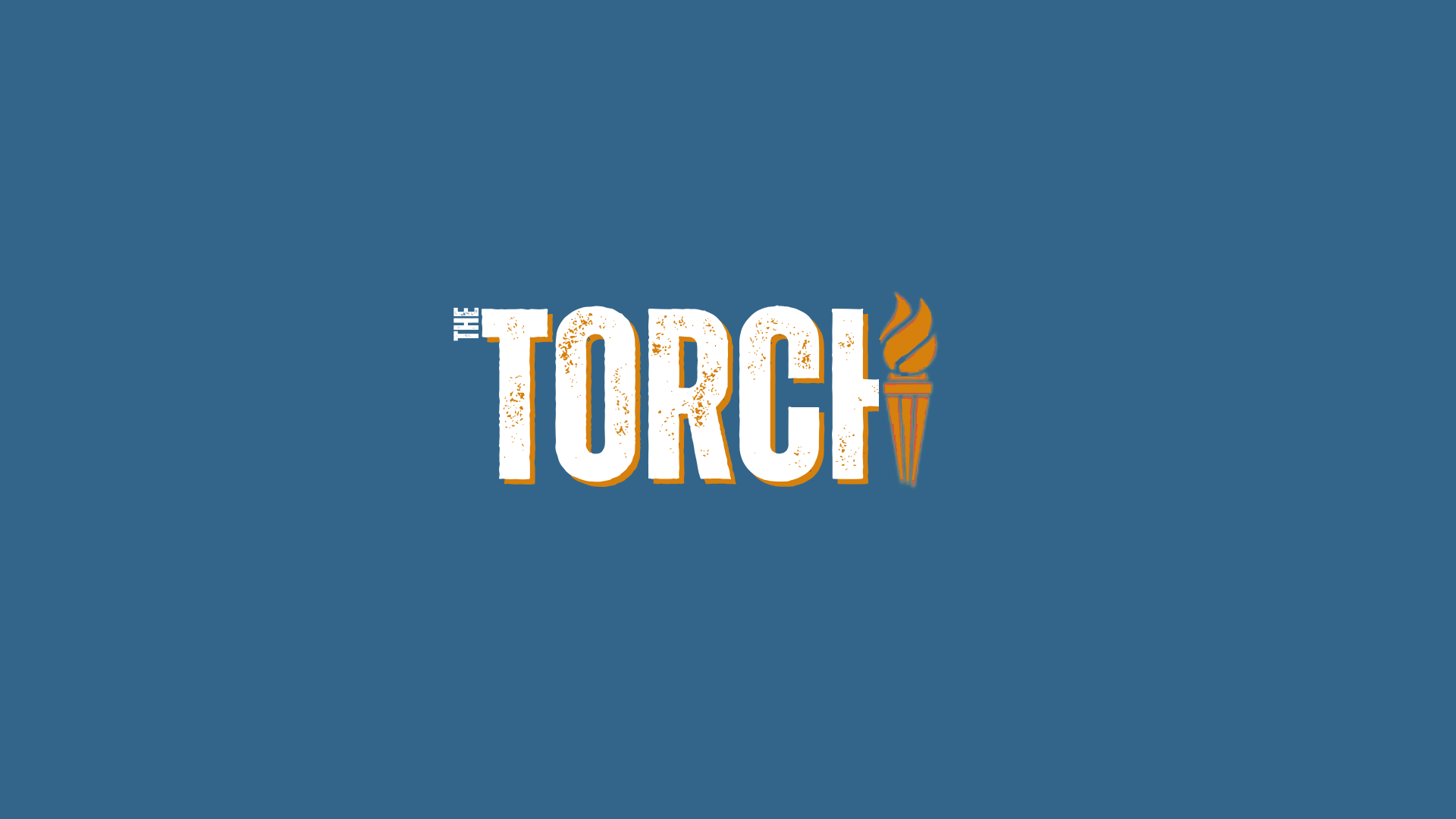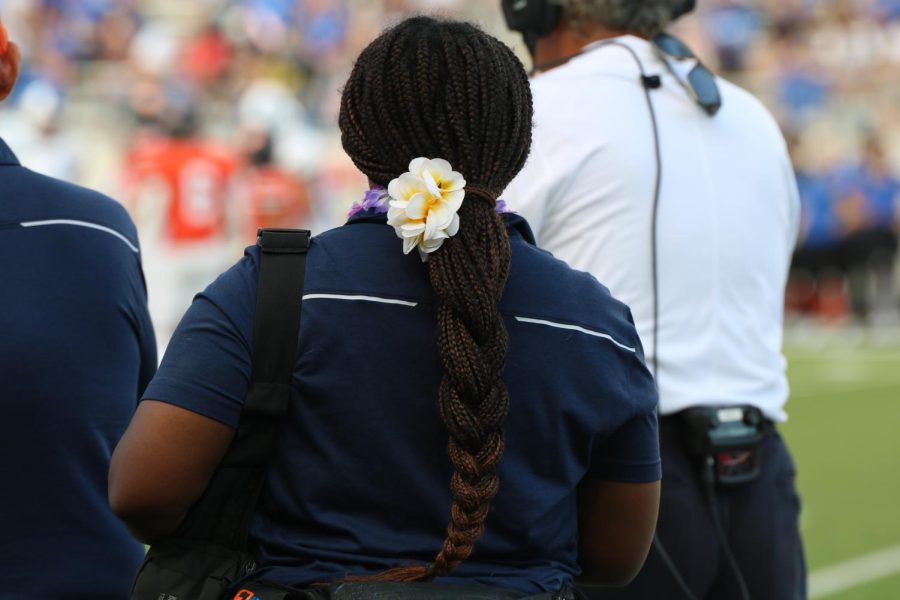Care and Need Comes First
The Role and Responsibilities of Athletic Trainers
Every person on an athletic team plays a special role that involves individual responsibility and accountability. One role that requires both is being an athletic trainer. They have one of the hardest roles- making sure each athlete is healthy during games, practices, or offseason.
Becoming a student athletic trainer is actually easier than one might think. Before joining the program, students must fill out an application to become a trainer. Their process involves writing why they should join and why they would benefit the club, and letters of recommendation from the administrators. Once accepted, students go through a training process with many of the athletes and experienced athletic trainers.
“It’s very standard basic training,” sophomore Ian Chau said. “We also get to meet the athletes and train them to tape and wrap them.”
With the help of the experienced trainers, many new members have used effective training methods whenever it comes to athletic injuries. Once students have a full year of experience, they even learn new ways to wrap up players. junior Sophie MacPhee has been an athletic trainer for a year now and has picked up a lot from her experience from last year and has improved with helping the athletes.
“I have learned different ways to tape ankles, shins, wrists, thumbs, and other areas,” MacPhee said. “We even learned how to help an athlete stretch to relax his muscles.”
Like every athlete, the trainers have a schedule which they rotate through each week for games they go to, whether it’s JV or freshmen teams. In the case of varsity games, all athletic trainers attend to aid the players. A whole group of trainers can always be seen manning the sidelines at the football games, no matter if it is at Seven Lakes, Legacy Stadium or Rhodes Stadium.
“We’re assigned the lineup on days to work and have a weekly schedule for every athletic club,” Chau said.
The athletes who suffer major injuries will get the most help from the athletic trainers all the time, Whether it’s a torn ACL or Tommy John surgery, the trainers do everything to get the athletes to heal every injury properly. Even in the case where an injury were to occur mid-game, the trainers get their equipment, help the player off the field, and wrap him or her up for their injuries.
“There are some injuries that depend on the severity that we can’t handle,” MacPhee said “If we’re able to treat the athlete with the equipment we have, then we put them in our system and they would come to us for treatment everyday.”
“If you need ice you get them a bag of ice, or just help them and get them water and Gatorade,” Chau said. “Sometimes it’s stretching, sometimes it’s probably taking an ice bath for you get your muscles healed up again.”
These athletic trainers take each task seriously, and every athlete in the school depends on them. Next time someone sees them, it won’t just be in football games, but at every other club sporting event. They understand safety when it comes to not just treating athletes, but other people in their program


